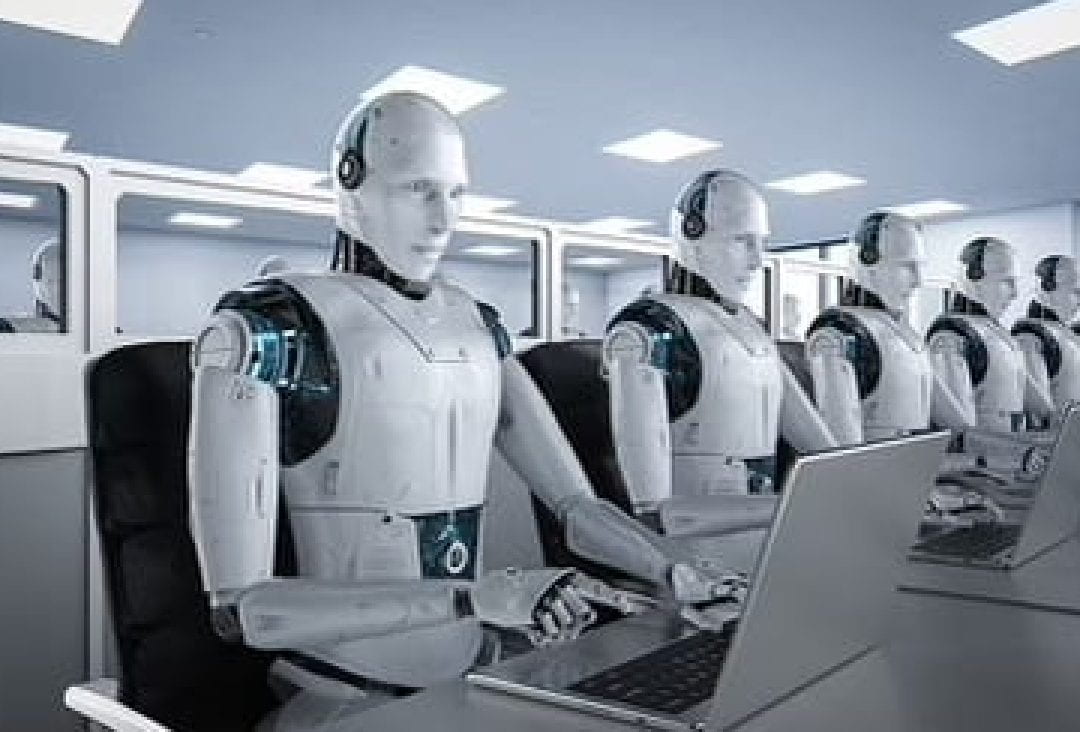Many people have seen artificial intelligence as the next step towards the future. It has the potential to solve issues that have plagued people for decades. One of these issues is discriminatory hiring. Companies have always been criticized for the lack of diversity amongst their employees. The government has tried to mitigate this issue by creating Title VII of the Civil Rights Act of 1964. The law protects employees and job applicants from employment discrimination based on race, color, religion, sex, and national origin. Over time, more laws were created to discourage discriminatory hiring. These laws include the Americans with Disabilities Act of 1990, the Age Discrimination in Employment Act of 1967, the Pregnancy Discrimination Act of 1978, and the Genetic Information Nondiscrimination Act of 2008 (GINA). Despite the importance of these laws, they weren’t always effective. Just because something is in law doesn’t mean everyone will comply. Nor does it mean everyone will be familiar with the laws by memory. Companies have tried to work around anti-discrimination laws by asking interview questions that sound innocent but do hold ulterior motives. An example when a manager asks the interviewee’s religion, their relatives’ current health condition, or the number and age of children they have. This will tell the manager how often the employee may take days off work. Another way is when recruiters use stereotypes based on the applicant’s name and /or profile picture and fabricate scenarios. An example is assuming a young married woman will eventually get pregnant, thus forcing the company to provide maternity leave. Even in the 21st century, companies still attempt to work their way around the law to hire employees based on their personal preference rather than merit.
A.I. was seen as the solution to discriminatory hiring. Rather than trusting a manager or recruiter won’t be prejudice when hiring, an advanced system would search through thousands of applications per second and choose the most qualified people. Unfortunately, computers may not be biased, but humans are. The article, “Employment Law Red Flags in the Use of Artificial Intelligence in Hiring,” discussed how A.I.’s limitations are that the system is only as good as its programmers. The article discussed how an algorithm could correlate high qualifications with names like Bob or Jerry. The article states, “Amazon reportedly scrapped an internally developed recruiting tool after it discovered that the algorithm was disfavoring resumes that included the word ‘women’s’…” A.I’s could also use the address and area code on an application to discriminate against employees who commute from poor neighborhoods. There’s also the issue of facial recognition technology. An A.I. could correlate certain facial and bodily features with employee qualifications. These can include people over 50, black/brown people, and those with disabilities. One of the contributing factors could be the lack of diversity in the S.T.EM field. The article, “STEM Jobs See Uneven Progress in Increasing Gender, Racial and Ethnic Diversity,” states that 50% of people in the STEM field are men, and 67% are white. That’s not to say all white male computer programmers are prejudice. These programmers may implement a feature in the algorithm that scans public databases for any criminal records, and not be aware of how that can be discriminatory towards black men. Inadvertent actions like this are why a lot of A.I. hiring systems tend to be more flawed than a real human.
Does this mean we should never use A.I. in the workplace? No. A.I. is not inherently bad, nor that people who program them are prejudiced. A.I. is still a new technology that has yet to be refined enough to be correctly implemented to perform a job as complicated as employee hiring. The solution is for programmers to correct any errors in the system that could affect the hiring process. This can include incorporating guidelines such as Bona Fide Occupational Qualifications (BFOQ). These are job qualifications established in good faith and fairness that are necessary to safely or adequately perform the job. A.Is must be able to prove that a call of employees would be unable to perform the job safely or adequately, and the BFOQ is reasonably necessary to the operation of the business. An example is if an A.I. used to hire people for a moving company automatically filtered out any employees who couldn’t lift more than 50 pounds. Another improvement would be to prevent the A.I. from looking at the names and faces of employees. This way the algorithm would be unable to discriminate against “ethnic-sounding and looking” names and people. The ultimate solution is for companies to hire more diverse programmers. Hiring is a complicated process that holds a myriad of implications. People who are more familiar with those implications could help build a hiring system that doesn’t scan for age, medical history, marital status, or criminal records. These are just a few examples as A.I is still highly complex. Companies and programmers need to work together to improve and refine their technology to improve the hiring process. Only then can we be one step further towards the future.
Sources:
Friedman, Gary D., and Thomas McCarthy. “Employment Law Red Flags in the Use of Artificial Intelligence in Hiring.” American Bar Association, www.americanbar.org/groups/business_law/publications/blt/2020/10/ai-in-hiring/.
Fry, Richard, et al. “STEM Jobs See Uneven Progress in Increasing Gender, Racial and Ethnic Diversity.” Pew Research Center Science & Society, Pew Research Center, 1 Apr. 2021, www.pewresearch.org/science/2021/04/01/stem-jobs-see-uneven-progress-in-increasing-gender-racial-and-ethnic-diversity/.
Dinkin, Elliot N. “ARTIFICIAL INTELLIGENCE IN EMPLOYEE BENEFITS: Artificial Intelligence (AI) Can Be a Useful Tool in Helping Workers Make Better Benefits Decisions, but Plan Sponsors Should Be Aware of Its Limitations and Risks.” Benefits Magazine, vol. 57, no. 2, Feb. 2020, pp. 38–43. EBSCOhost, search.ebscohost.com/login.aspx?direct=true&AuthType=ip,shib&db=voh&AN=141539212&site=eds-live&scope=site.

